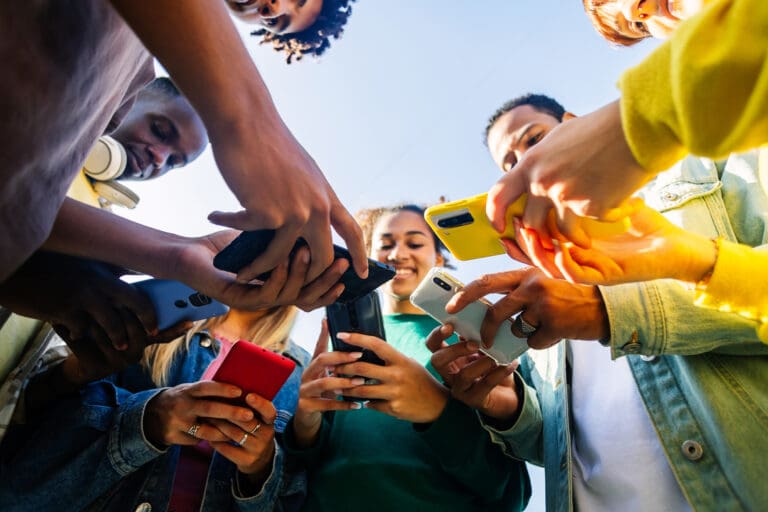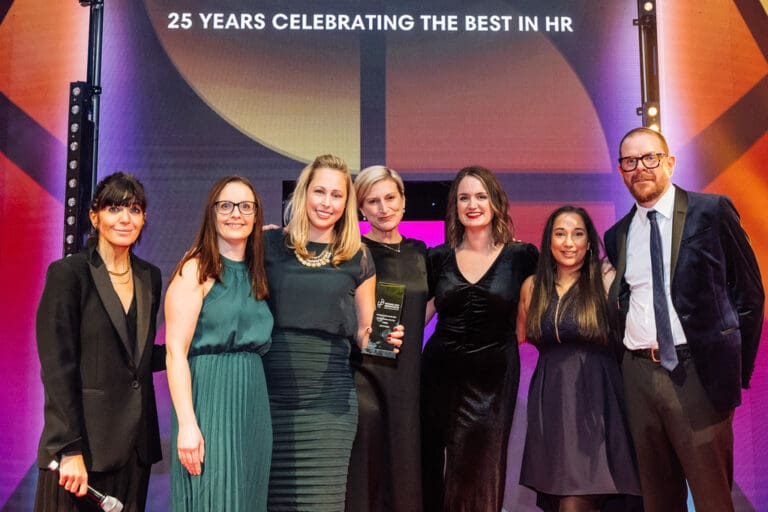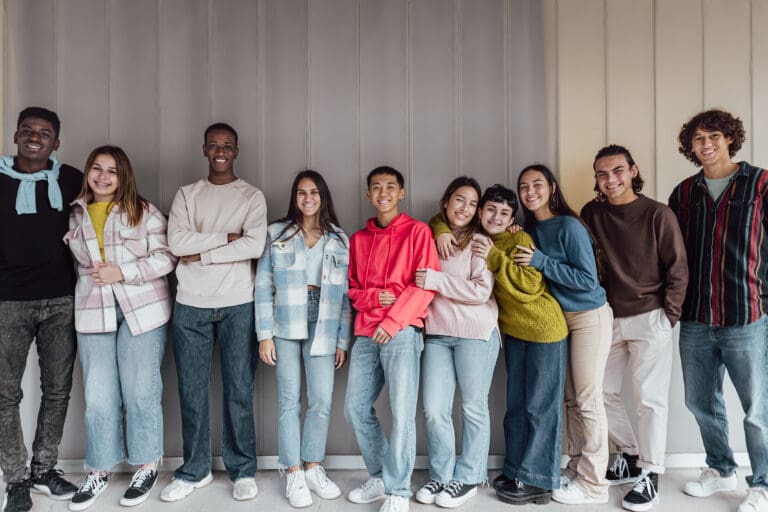In the last ten years, the University of Leicester has seen its number of international students almost double – now making up 27% of their student population due to its growing global reputation.
Traditionally, the university’s International Student Recruitment Team markets its courses and services by touring the globe to meet potential future students at events and fairs. They then follow up these visits with calls, emails and postal services.
It’s something that many other universities can relate to and often a big topic of conversation when I sit down with new clients.
The trouble is, this traditional process is slow, expensive, difficult to measure success and quite honestly outdated. And so, the University of Leicester were on the lookout for a solution that saved time, effort and cost, effectively removing friction from the traditional international recruitment process.
Students just didn’t seem to feel comfortable talking on the phone…
The international team was struggling to find the right way of communicating with their prospective students as Felicity Lawrence, a Senior International Officer at the University, explains.
“We traditionally did ‘call outs’ to our prospective students but the feedback we received was that this would often make them worried or nervous about why they were being called. We would also often get through to parents or agents. Similarly, when we used email we would get high bounce rates with wrong email addresses having been provided or the email would end up in their junk folders. We knew that our international audience would often be more confident in writing than talking but when emails did get through, they found this a very slow experience and they’d often not fully understand the replies or get the information they needed straight away.”
In short, many international students just didn’t seem to feel comfortable talking on the phone and an email conversation just felt sluggish.
It was clear that a more immediate and technologically-advanced solution was required and so, the team implemented the Meet & Engage live chat platform.
The University of Leicester scheduled regular 1-2-1 live chats with prospective international students providing a platform for them to easily ask questions through something that feels familiar and less standoffish than email and telephone conversations but also, allows them to receive immediate answers and responses.
In addition, the team coordinate live chats whilst getting on with their day-to-day activities and are simply alerted when new questions are posted.
“The one-to-one chats allow prospective students to ask us multiple questions and get the answers they want there and then. We have found that they are also more open in their questions to us,” Felicity explained.
The live chat sessions are held once a month during the first part of the year and twice a week during peak periods.
“The most common queries we get are around scholarships and accommodation but, in fact, they are mostly about the practicalities of studying abroad and what life will be like when they get here. We are able to provide them with answers to allay their concerns.”
The chats also cut across the cultural divide and manage the subtle differences that each country’s applicants may exhibit. “Chat makes it easier to get your point across and it also gets them used to the UK culture that they’ll be exposed to when they join us,” Felicity said.
It’s helping us to inform our communications…
Using the live chat has also helped to broaden the team’s internal knowledge as they are often dealing with queries from students in different markets to their own remit.
“It’s definitely developed our understanding of each other’s roles as it’s a really educational tool for us too,” Felicity said.
“You always come away from the chats knowing a bit more than you did before as you’re having to find the answers for people who are asking a really diverse set of questions.”
As it provides a much better platform to measure engagement and responses, the chats that they held allowed the team to relay feedback to the website team.
When, for example, they found they were getting a lot of queries around UCAS they realised the pages on their website needed clearer information. “It’s helping us to inform our communications which is hugely beneficial.”
So, is live chat a fix-all solution? Well yes, potentially.
It all hinges on how you use it before, during and after scheduling sessions.
Replacing a physical presence with a regular digital presence can be much more effective if done correctly, not to mention the cost saving benefits that come with it.
Feel free to get in touch with me if you’d like to chat more about live chat or how you think that Meet & Engage could help you: sarah.brown@meetandengage.com






